Investment casting, also known as lost-wax casting, is a precision manufacturing process used to create intricate metal parts with excellent dimensional accuracy and smooth surfaces. It involves creating a wax model (or pattern) of the part, surrounding it with a ceramic shell, and then melting away the wax to pour molten metal into the cavity left behind.
Aluminum Investment Casting in Innovaw
Innovaw has three production lines for investment casting, including injection wax machines, wax storage tanks, dewaxing kettles, mold conveying lines, dewaxing ovens, recycling devices, PLC control system and other complete sets of equipment, as well as auxiliary equipment such as sand mixer, sand fall machine, shot blasting machine, molding machine and pouring machine.
Our investment casting products cover architectural hardware, aerospace, automotive parts, hydraulic equipment parts, agricultural machinery parts, sanitary hardware, tools and so on. The size of the products is from 50*50mm to 400*400mm, the weight is from 5g to 5Kg, and the daily output is 3-5 tons.
Material Scope:
Aluminum:
ASTM-A319, A413, A355, A356, A357
JIS-AC2B, AC4D, AC4C, AC3A, AC4A
DIN-AlSi7cu4, AlSi5cu1Mg, AlSi7Mg, AlSi12, AlSi9Mg, AlSi12Cu2Mg1, AlSi6Cu4
ENAC-45000, 45300, 42100, 44100, 43300
In order to better provide one-stop service to our customers, Innovaw continues to maintain a high investment in research and development in the field of investment casting.
We will continue to introduce industry advanced investment casting equipment. We continue to improve the details of our investment casting process in practice, pursuing every ounce of progress.
We continue to study the material properties and the best application of different materials in the field of investment casting.
What Is Investment Casting?
Investment casting, also known as lost-wax casting, is a precision manufacturing process used to create intricate metal parts with excellent dimensional accuracy and smooth surfaces. It involves creating a wax model (or pattern) of the part, surrounding it with a ceramic shell, and then melting away the wax to pour molten metal into the cavity left behind.
This process has been in use for thousands of years and is still widely used for high-quality, complex components.
1. Key Characteristics
- Precision: Offers exceptional dimensional accuracy and the ability to produce intricate details.
- Material Versatility: Works with a wide range of metals, including aluminum, steel, titanium, and superalloys.
- Surface Finish: Produces parts with a superior surface finish, often requiring minimal post-processing.
- Near-Net Shape: Reduces the need for extensive machining or finishing.
2. The Process of Investment Casting
- Pattern Creation: A wax pattern is made using an injection mold. For small production runs, patterns can be handmade.
- Assembly: Multiple wax patterns are attached to a central wax sprue to form a "tree," optimizing the number of parts cast at once.
- Shell Building:
. The wax assembly is dipped repeatedly into ceramic slurry and coated with fine sand to create a hard shell.
. Each layer is dried before the next application, forming a durable mold.
- Wax Removal (Dewaxing): The mold is heated to melt and remove the wax, leaving a hollow ceramic shell.
- Preheating: The ceramic shell is heated to remove any remaining wax residue and prepare it for molten metal pouring.
- Casting: Molten metal is poured into the ceramic mold, filling the cavity left by the wax pattern.
- Cooling and Shell Removal: Once the metal solidifies, the ceramic mold is broken away using mechanical or chemical methods.
- Finishing: Excess material (like sprues) is removed, and secondary machining or polishing is performed if required.
3. Advantages of Investment Casting
- Complex Geometries: Can produce highly detailed parts, including thin walls and intricate shapes.
- Material Efficiency: Suitable for expensive alloys with minimal material waste.
- High Precision: Tight tolerances with minimal need for machining.
- Excellent Surface Finish: Often eliminates or reduces the need for further surface treatment.
-Wide Material Range: Includes ferrous and non-ferrous metals, as well as superalloys.
4. Common Applications of Investment Casting
- Aerospace: Turbine blades, structural components, and complex assemblies.
- Medical: Surgical instruments, prosthetics, and implants.
- Automotive: Turbocharger parts, valve bodies, and gears.
- Industrial: Pumps, impellers, and tool components.
- Jewelry and Art: Fine jewelry, sculptures, and decorative items.
5. Limitations of Investment Casting
- Cost: Higher initial costs for molds and production compared to other casting methods.
- Size Limitations: Typically used for small-to-medium-sized components.
- Lead Time: Shell building and wax pattern preparation can be time-intensive.
- Fragility of Mold: Ceramic molds can be brittle and require careful handling.
Comparison with Other Casting Methods
|
Feature |
Investment Casting |
High-Pressure Die Casting |
Gravity Casting |
|
Surface Finish |
Excellent |
Excellent |
Moderate |
|
Dimensional Accuracy |
High |
High |
Moderate |
|
Part Complexity |
Very High |
High |
Medium |
|
Production Speed |
Slow |
Fast |
Slow |
|
Material Range |
Wide |
Mostly non-ferrous metals |
Wide |
|
Initial Cost |
High |
High |
Low |
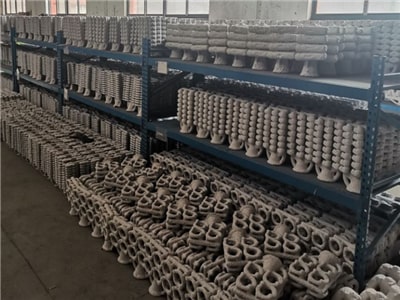
Aluminum Investment Casting
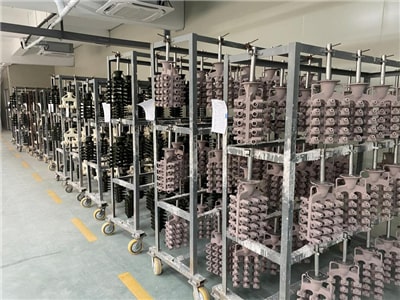
Aluminum Investment Casting
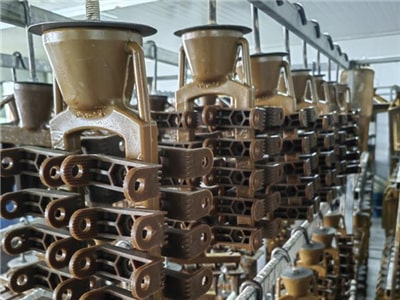
Aluminum Investment Casting
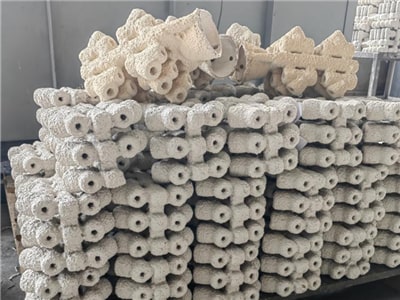
Aluminum Investment Casting
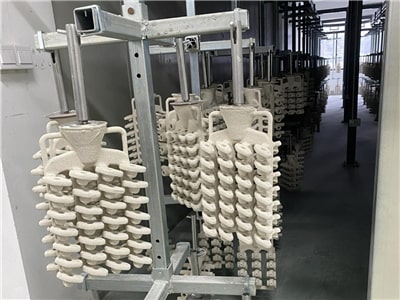
Aluminum Investment Casting
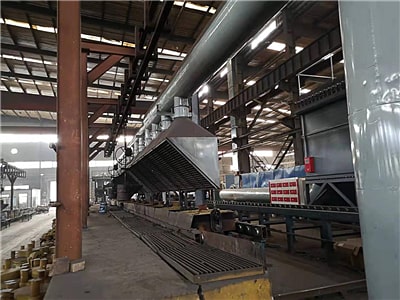
Aluminum Investment Casting







.png)


.png) +86-574-83036520
+86-574-83036520 +86-574-83008051
+86-574-83008051 sales@innovaw.com
sales@innovaw.com

.png)

.png)
.png)
.png)

.png)
.png)
.png)
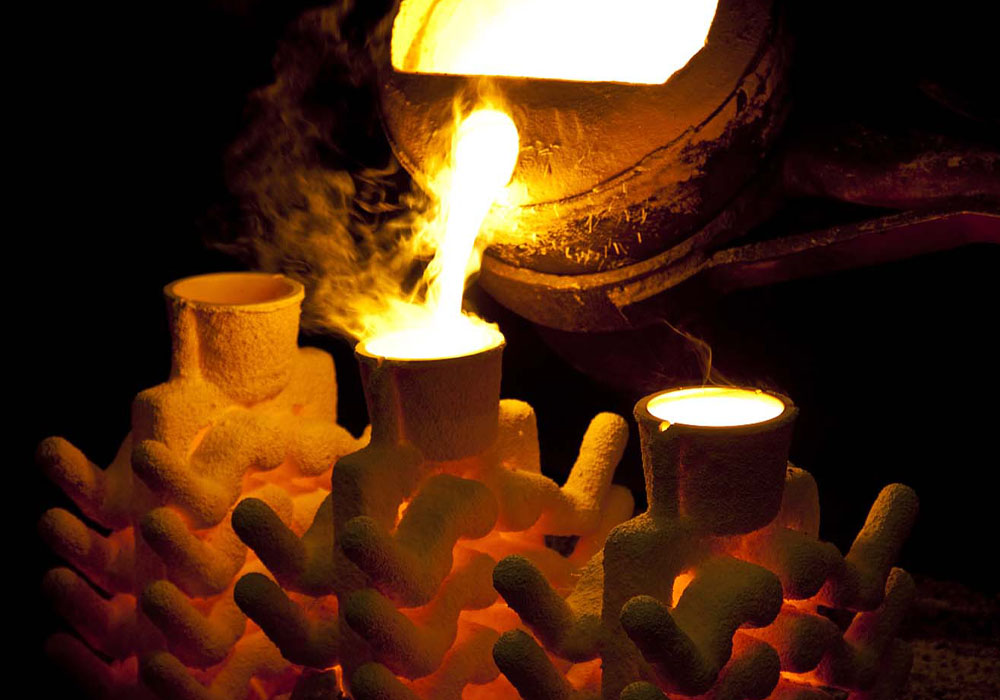
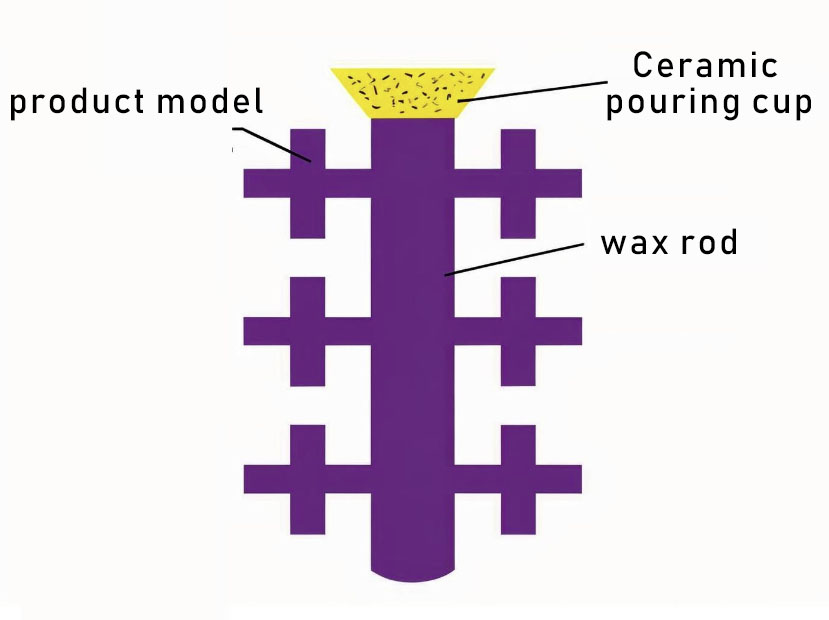










.png)

